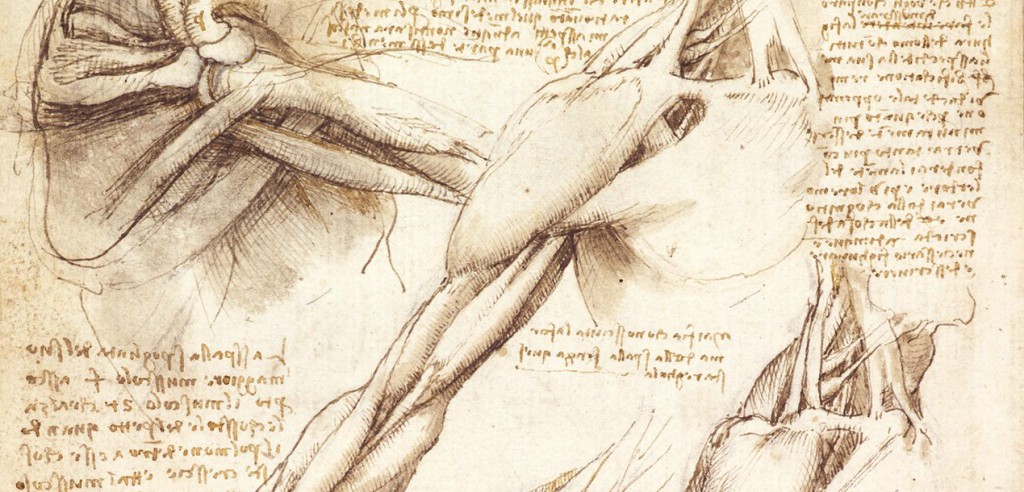At first, I played around with the app and thought it was pretty limited. Keep in mind, I was not in class, so I was experimenting. After a couple of tries I saw that you can pick HOW your disease is transmitted which has a lot to do with the spread of a disease. Anyway, the poor country that I picked was the Dominican Republic, but came up generalized as the Caribbean. I also named my diseases an existing one, not realizing we were supposed to make up a name. The disease I picked was Tuberculosis or TB.
By November 20, 2015, there were 100 cases of TB. The first place the disease spread to was Mexico. Once it reached Mexico, the cases began to increase dramatically and exponentially. By the time, I blinked, the case number was already past 1 million. Guesstimated, the total count reached one million around early March 2016. Same thing occurred for the death toll. I looked one second and it was 0. I looked another second and it had reached 103 deaths by May 19, 2016. The second place it spread to was the United States. Once it reached the US, the number of cases began to still increase but by 10s rather than by 1,000s. This is because the US is medically advanced and knowledgeable. Then in July 2016, the disease spreads to the UK and Central America. The reason why it has traveled to places like that is by means of transportation, boat or plane. It took over 6 months for TB to be recognized by a medical professional. Not until March 2017, that a doctor in India is the first to begin researching the cause and cure of TB. The cure to the disease was completed on August 31, 2018. By the route that the plague was taking, when originating in a poor nation, I totally believe that it has the potential to wipe out the human race. Almost my entire map was red, or infected when the search for a cure was at 50%. The disease was eradicated in 1063 days.
When I started my disease in a wealthier country with more resources, the statistics weren’t all that the same. I started the disease in Italy, As soon as 11 people were infected, a notification arrived that medicine in Italy was slowing the infection. By January 12, 2016, 105 people were infected. The first country to be infected after originating in Italy, was France, and that was in March 2016. On June 9th, 2017, Germany began to work on a cure. The first death occurred in September 2017. On October 22, 2018, the cure for the disease was completed. This disease was eradicated in 1,144 days.
The results weren’t as expected. The cure for the disease took longer when originating in the wealthier country. However, less deaths occurred due to the use of medicine sooner, than later. A prediction as to why the disease cure took longer may be because it reached the USA, which is the leading country in medicine, later in time.




